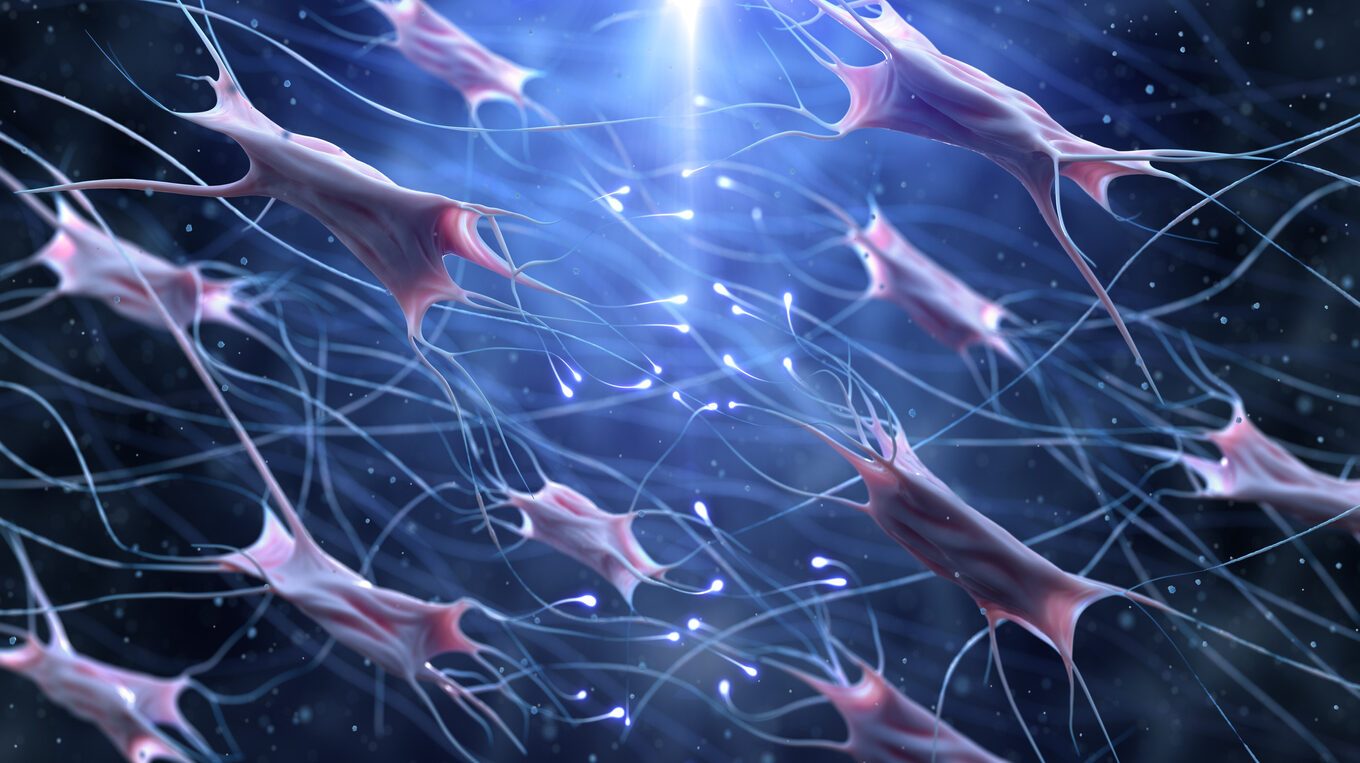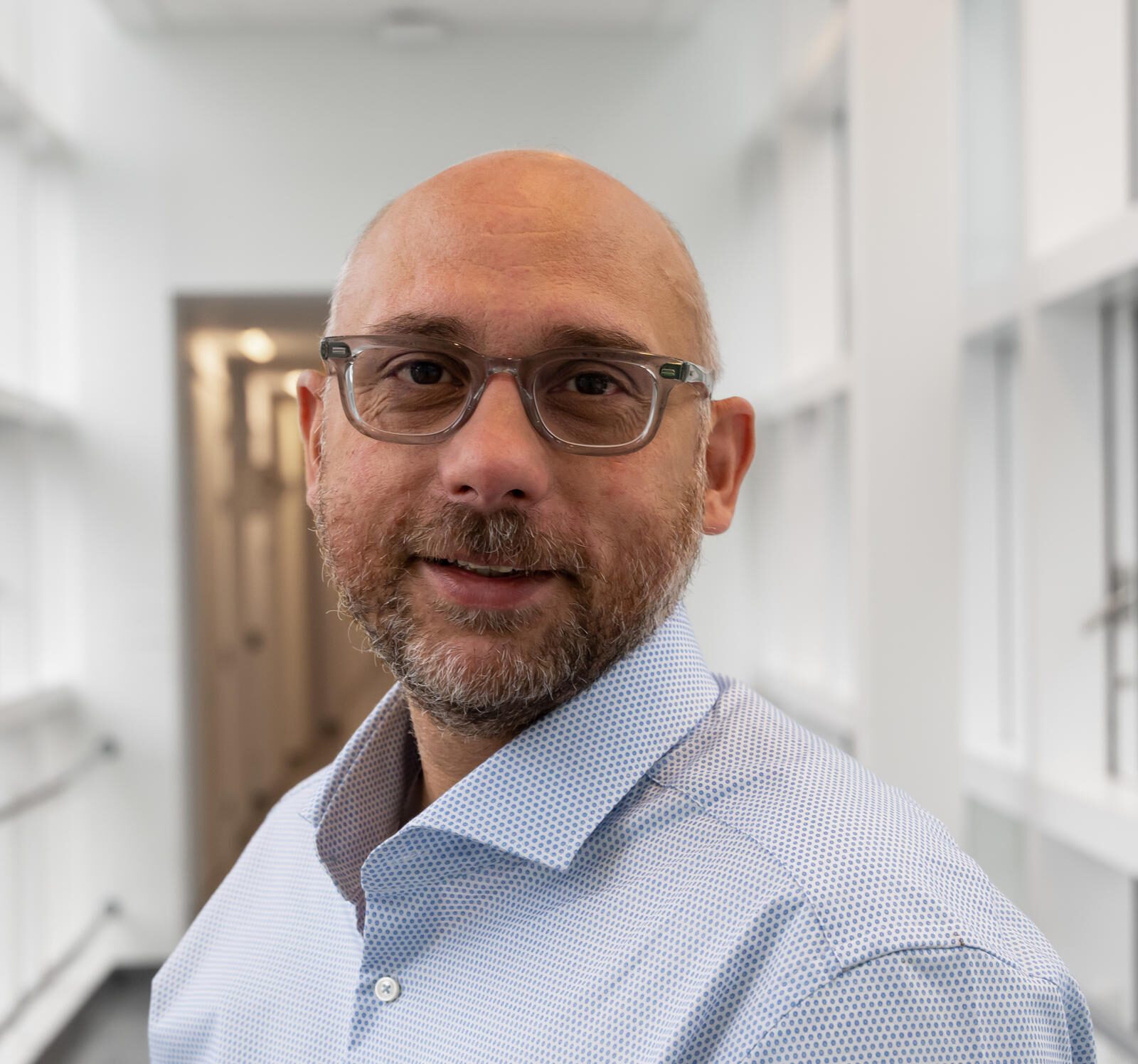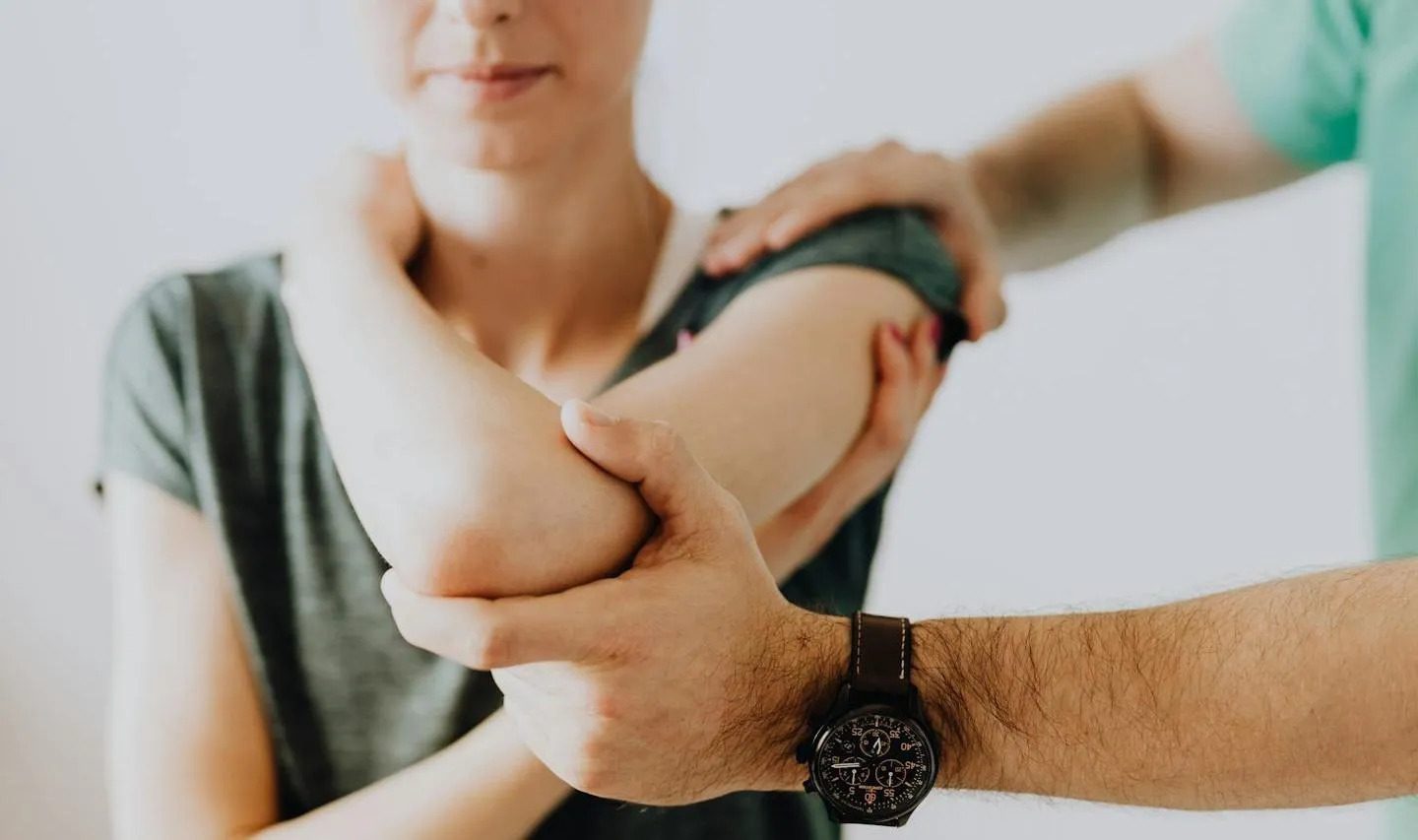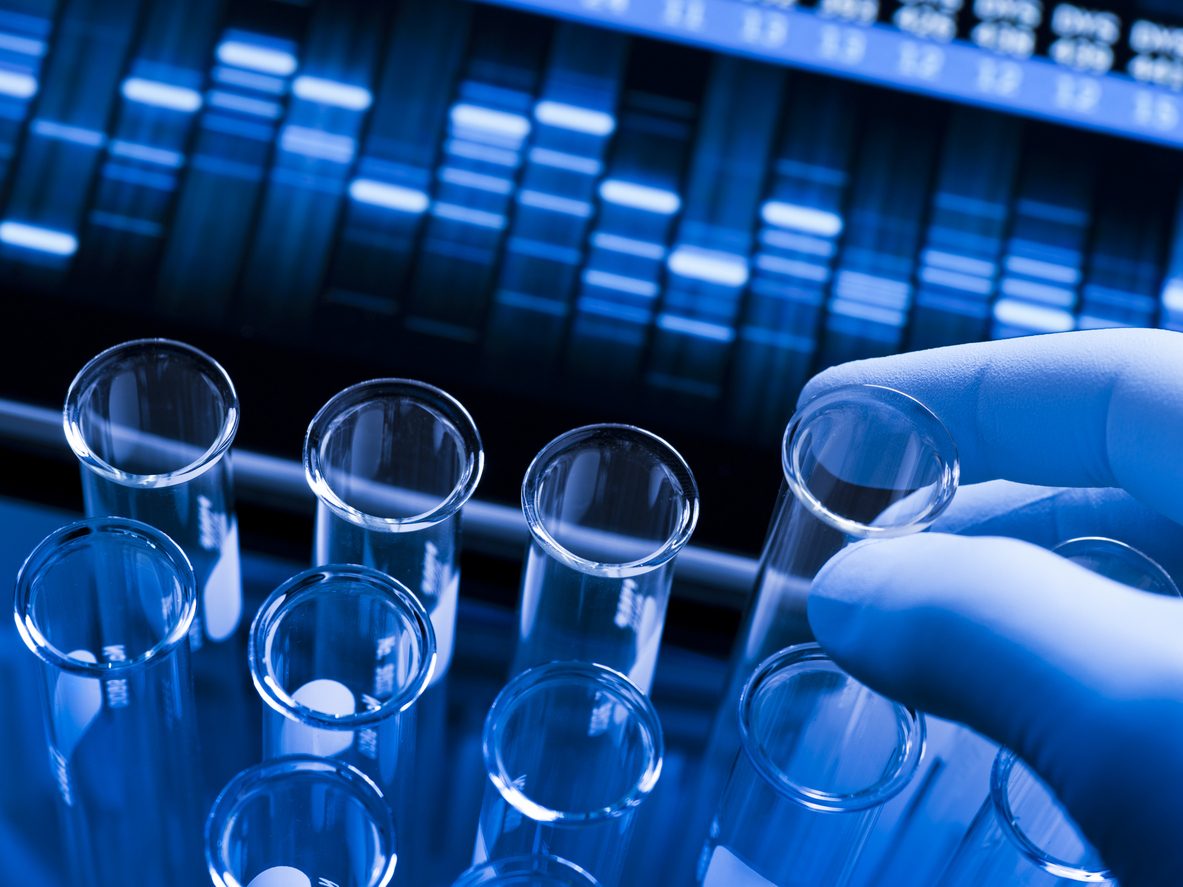Home » News and events »
Fibroblast cells play a key role in resolving joint inflammation, new study finds

In a significant breakthrough in inflammatory arthritis research, a groundbreaking study published today in Nature Immunology has unveiled that inflammation-associated fibroblasts – a type of cell in connective tissues – can switch phenotype and stabilise specific immune cell populations in the joint, promoting the resolution of inflammation.
Led by an international team of researchers from the Friedrich-Alexander-University Erlangen-Nürnberg (Germany) and the University of Birmingham, the study demonstrated for the first time the ability of joint fibroblasts to transition from pro-inflammatory to pro-resolving phenotypes, reducing inflammation in arthritis patients.
The research represents a major step forward in understanding the complex interplay between fibroblasts, immune cells, and inflammation resolution. Moving forward, the team plans to further investigate the molecular mechanisms underlying fibroblast activation and resolution and explore potential therapeutic interventions targeting these pathways.
“This study shows for the first time that fibroblasts in the diseased joint can have both pathogenic and regulatory functions. The next stage of this research is to develop therapeutic strategies to promote this switch in fibroblast phenotype in the joints of patients with arthritis – this would offer a novel therapeutic approach for those patients in which currently available drugs are ineffective.”
– Professor Adam Croft, University of Birmingham and NIHR Birmingham Biomedical Research Centre
Healing heroes
Fibroblasts are mesenchymal cells that are found within the lining of joints. Under healthy conditions, fibroblasts produce the substances that lubricate joints during movement. In previous work, University of Birmingham Professor Adam Croft and his team demonstrated that a population of fibroblasts expressing a protein called fibroblast activation-alpha (FAPalpha) are expanded in the joints of people with rheumatoid arthritis. The team showed that these disease-associated fibroblasts contribute directly to joint inflammation and damage. Importantly, however, fibroblasts are not targeted by any of the currently available treatments.
In this latest international collaboration, the team have now shown that these disease-associated fibroblasts can switch phenotype and become pro-resolving fibroblasts that stabilise specific immune cell populations in the joint – promoting the resolution of joint inflammation. These findings demonstrate for the first time the ability of joint fibroblasts to not only promote chronic inflammation, but also regulate immune cell function in favour of the resolution of joint inflammation.
The study used innovative techniques to visualise and analyse fibroblast activation during inflammation resolution in both experimental models and human subjects. By using positron emission tomography (PET) imaging with a tracer specific to fibroblast activation protein (FAP), researchers observed a significant decrease in FAP signal following anti-cytokine treatment, indicating a reversal of fibroblast activation during inflammation resolution.
Moreover, single-cell mRNA sequencing analyses revealed a molecular switch in fibroblast phenotypes, with a reduction in pro-inflammatory MMP3+/IL6+ fibroblasts and an increase in pro-resolving CD200+DKK3+ fibroblasts during resolution. Spatial transcriptomics of human joints further highlighted the spatial distribution of these fibroblast populations, with pro-resolving fibroblasts clustering with innate lymphoid cells (ILC)2 in regions associated with inflammation resolution.
Professor Adam Croft, co-author of the paper, Versus Arthritis Professor of Rheumatology at the University of Birmingham, and researcher within the NIHR Birmingham Biomedical Research Centre’s Inflammatory Arthritis theme, commented: “This study shows for the first time that fibroblasts in the diseased joint can have both pathogenic and regulatory functions. We observed that resolution of joint inflammation was associated with a phenotypic switch from a pathogenic to pro-resolving fibroblast phenotype that resulted in the stabilisation of specific immune cell populations that suppress inflammation.
“The next stage of this research is to develop therapeutic strategies to promote this switch in fibroblast phenotype in the joints of patients with arthritis – this would offer a novel therapeutic approach for those patients in which currently available drugs are ineffective.”
Lead author Professor Andreas Ramming, from the Friedrich-Alexander-University Erlangen-Nürnberg, said: “Our research provides compelling evidence of a molecular shift within fibroblasts during the resolution of inflammation, with implications for understanding the pathogenesis of chronic inflammatory diseases like arthritis. By elucidating the mechanisms underlying fibroblast activation and resolution, we aim to identify new therapeutic targets for promoting inflammation resolution and tissue homeostasis.”
The Birmingham team included post-doctoral research fellows Dr Sam Kemble and Dr Chris Mahony and was funded by the Kennedy Trust for Rheumatology Research.





